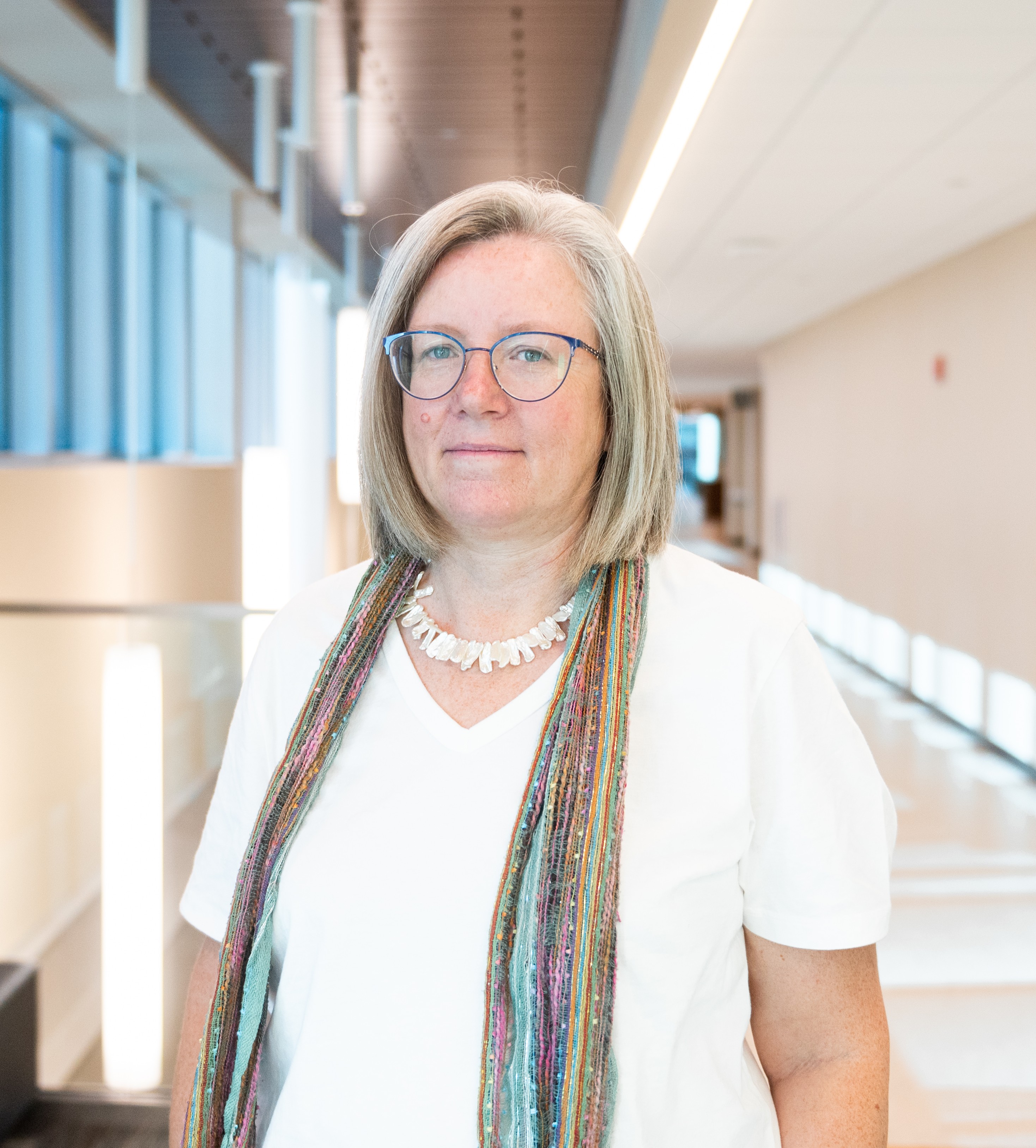Ali Maffey, vice president of social and behavioral health at ASTHO, explains how ASTHO’s new legal map assists with suicide prevention infrastructure; Noell Stone, practicum and capstone director at the University of New Mexico’s College of Population Health...
Ali Maffey, vice president of social and behavioral health at ASTHO, explains how ASTHO’s new legal map assists with suicide prevention infrastructure; Noell Stone, practicum and capstone director at the University of New Mexico’s College of Population Health, shares why two of New Mexico’s universities developed a unified framework for applied public health training; ASTHO is now accepting applications for its DELPH program; ASTHO member Dr. Brooke Cunningham of Minnesota and ASTHO alumni Dr. Nilesh Kalyanaraman of Maryland and Paula Nickelson of Missouri were announced as new board members of the Public Health Accreditation Board; and a new ASTHO blog article describes a recent assessment of public health data aimed at better understanding the health needs of people with disabilities.
ASTHO Webinar: State and Territorial Infrastructure for Suicide Prevention: Exploring New Legal Maps
University of New Mexico: New Mexico Universities Join Forces to Bolster Public Health Training
Public Health Accreditation Board: PHAB Announces 2025-26 Board of Directors
ASTHO Blog: Designing With, Not For: Stakeholder-Centered Approaches to Disability Health Data
JANSON SILVERS:
This is the award-winning Public Health Review Morning Edition for Monday, July 28, 2025. I'm Janson Silvers. Now, today's news from the Association of State and Territorial Health Officials.
ALI MAFFEY:
This new, interactive resource allows users to explore various aspects of State and Territorial suicide prevention infrastructure that is supported legally across all of those jurisdictions.
SILVERS:
A new ASTHO legal map highlights policy frameworks across the United States that support suicide prevention; helping states and territories identify opportunities for action. Here's ASTHO's Ali Maffey.
MAFFEY:
It includes whether or not a jurisdiction has a suicide prevention office or coordinator that is tasked with leading and being that primary point of contact for all suicide prevention efforts in that jurisdiction.
SILVERS:
Maffey says the map can help jurisdictions build sustainable programs.
MAFFEY:
It can justify requesting state dollars to supplement some of the suicide prevention work that's happening in a jurisdiction, and it can also reduce barriers to data access to be able to use that information to focus their suicide prevention efforts moving forward.
SILVERS:
For those who are interested in learning more about the tool, ASTHO's state health policy team will be hosting a webinar this Wednesday, July 30, at 2 p.m. Eastern Time.
MAFFEY:
We'll share a little bit about the information and findings that we have across jurisdictions, and we'll hear from two jurisdictions that can share a little bit about how important these policies have been in their area.
SILVERS:
You can sign up for the webinar now by clicking the link in the show notes.
The University of New Mexico and New Mexico State University have come together to develop a unified framework for applied public health training in hopes of addressing the state's public health workforce issues. Noell Stone with the University of New Mexico shares more.
NOELL STONE:
Our partnership really aims to support fixing some of those problems by increasing networking, by streamlining our processes, by identifying what preceptors and future employers would like to see in our students, and matching them with appropriate students from throughout New Mexico.
JANSON SILVERS:
The program also prioritizes student needs such as financial support.
STONE:
One of the things that we do is we work with our sites and our students, not only to match them, but to suggest different ways to incorporate funding student work into funding opportunities, into their strategic planning, and things like that.
SILVERS:
Stone says the partnership continues to work toward practical improvements.
STONE:
We're doing some evaluation work around competency-based content for applied field work, looking at the public health competencies that are actually being used in applied practice, and what our partners would really like to see from our graduates because our field is ever-changing.
SILVERS:
To read more about the partnership, head to the link in the show notes.
Also, ASTHO is now accepting applications for its Developing Executive Leaders in Public Health program, a 10-month intensive leadership development experience. The program includes skill-building workshops, coaching, professional networking opportunities, and increased exposure to national thought leaders. Use the link in the show notes to apply now. the deadline is August 31.
Plus, the Public Health Accreditation Board, or PHAB, announced new board members, including ASTHO member, Dr. Brooke Cunningham of Minnesota, and ASTHO alums, Dr. Nilesh Kalyanaraman of Maryland, and Paula Nickelson of Missouri. Congratulations to the new board. We're proud to see ASTHO leaders continue to shape the future of public health through national service.
And finally, this morning, a new ASTHO blog article describes a recent assessment of public health data aimed at better understanding the health needs of people with disabilities. Learn more by clicking the link in the show notes.
That'll do it for today. We're back tomorrow morning with more ASTHO news and information. I'm Janson Silvers. You're listening to the award-winning Public Health Review, Morning Edition, have a great day.






